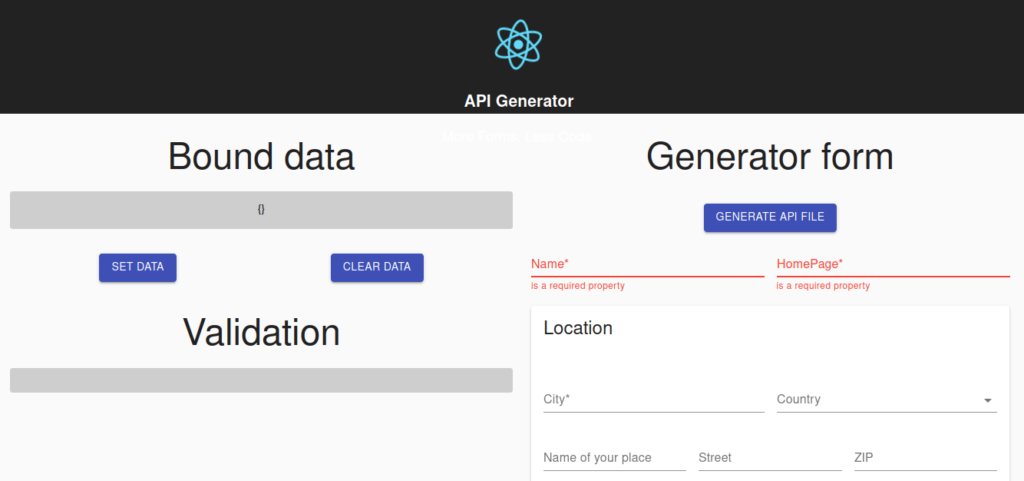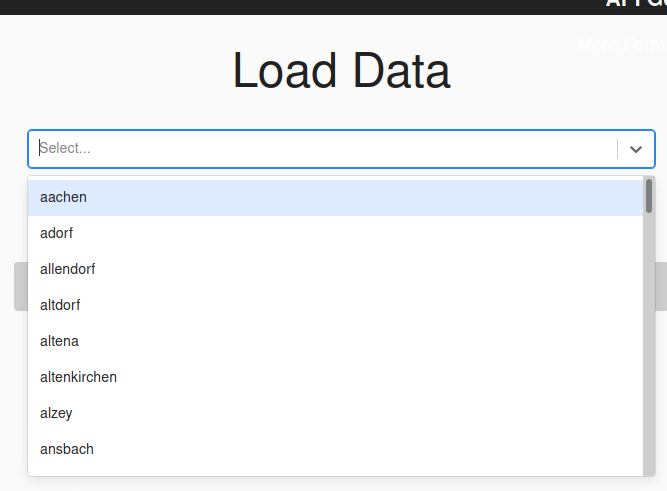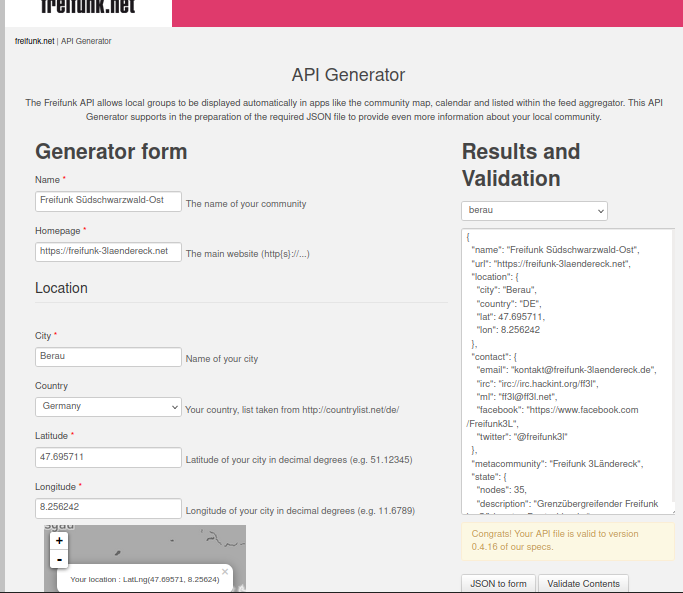Before you ingress
Hello everyone!, The main intention of this project is to update the existing API spec schema files to the latest version of JSON schema, and also few tools which are dependent on the spec files.
The current latest version of JSON schema is version 2012-12, but unfortunately there isn’t much support to update the dependent tools(to be specific, the generator). So my mentor Andibraeu and I have chosen to work with draft7 version, as it has upper hand with implementation support compared to other recent versions.
Our initial map out
- Migrate all the spec schema file to draft 7 version.
- Pick out a framework to update the generator.
- Generate and test the forms.[1]
- List and update all the remaining dependent tools.
- Test the updated tools.
- Fix bugs, if any.
Spec files
Migrating the spec files to draft 7 version is not a difficult task. At the beginning, I have only migrated the recent version of spec file, so that we can immediately start working with the tools. And after updating all the tools, I have migrated all the spec files to draft 7 version.
Some features to point out:
- Used definitions to reuse some fields like (phone, email, city, URL, etc.).
- Added formats to some fields like (url, email, lastChange).
- Used minProperties instead of required for contacts.
- Used AdditionalProperties to block extra fields.
References:
Generator
This is one of the significant tool depending on spec schema files. The job of the tool is very simple, it takes JSON schema as input, generates HTML forms to render in the browsers, handles validation of the form data against the input JSON schema and finally, generates a JSON out file.

Unfortunately, no framework seemed perfect at the beginning, so I have picked up several frameworks to try them out and weigh the pros and cons to finally pick one. I had mentioned all the pros and cons in a document(check the references section).
Frameworks that I have tried
- UI Schema for React
- React JSON schema forms (mozilla)
- Restspace Schema forms
- JSONForms (Eclipse Source)
By weighing all the pros and cons, we have chosen JSONForms (Eclipse Source) to proceed with the further development.
JSONFORMS (Eclipse Source)
And thereafter, I developed UI schema for custom layout for the form field in the webpage. Also, at this point, I have to develop a custom renderer to render a map for picking the latitude and longitude of the communities locations. So upon looking at the documentation I developed the custom renderer (renderer, control and tester) thereafter to adopt this renderer to schema we need to have single object which only embeds longitude and latitude fields. So I quickly discussed with my mentor and added a new spec file to the organization. In conclusion, we have our generator up and running a demo in GitHub Pages.
References:
- Evaluation of frameworks -document
- Implemented frameworks -repo
- Generator tool -repo
- live demo -GHPages
Dependent tools
The API viewer and the Travis job CI are completely dependent on the spec schema files to validate the communities API files.
API Viewer
This tool generates a static build of pages, which show the validation result of the communities API file data.


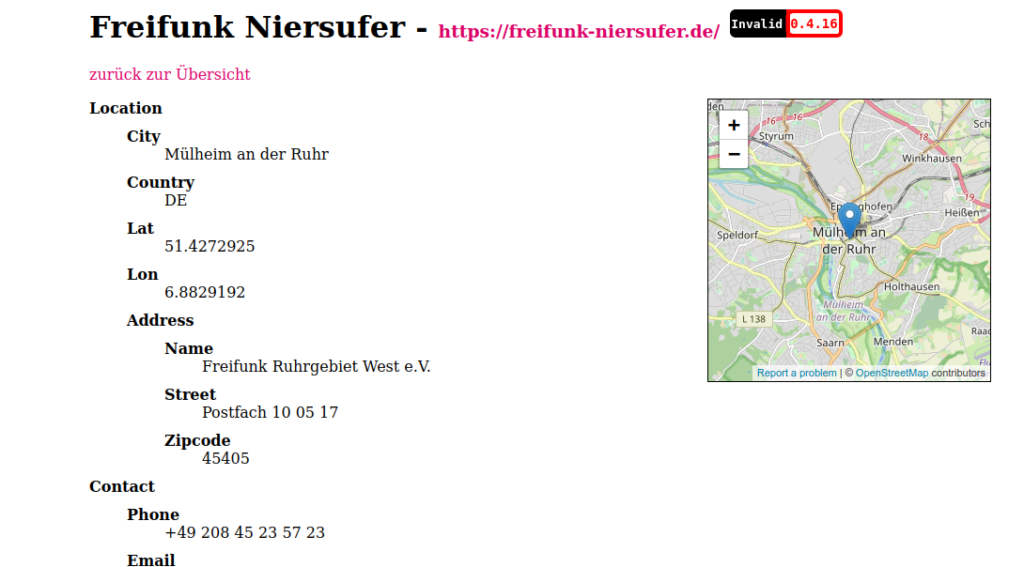

Improvements:
- The prior tool existed in python 2, I have updated to python 3.
- Update to Validate data against draft 7 schema and show validation.
- Added datatables to list the communities.
References:
Travis Job
All the API files are collected in the directory repository. And this Travis job validates the data of the API file data, when they are updated or added to the directory.json


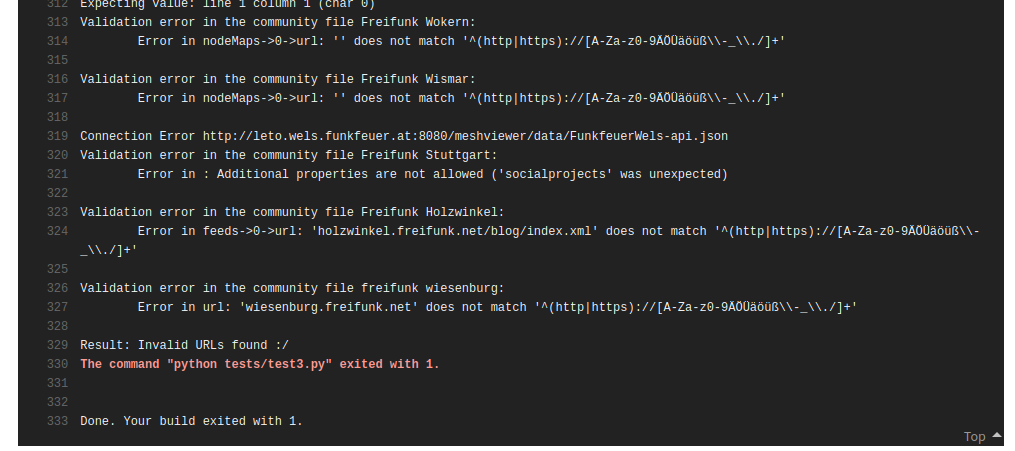
A build of the travis job can be found here.
Improvements:
- Also, this tool (test) existed in python 2, I have updated it to python 3.
- Updated to validate data against draft 7.
References:
Common API(collector script)
If you recall as I have added new spec file by embedding latitude, longitude into an object to adopt with the jsonforms custom renderer for map picker using react-leaflet. This would affect a lot of other tools like Community finden, Kontakt, etc which are truly based on the lon, lat fields of the API files. But luckily all these tools use a summarized API file, And the collector script is used to collect all the communities files.
Improvements:
- Deserialized geoCode object and appended the fields to the respective locations. So that the fields are set to their old locations.
References:
References
Here are the previous blogs of the project at different stages:
Wind-Up
I have started the project with minimal understanding of react, typescript and jsonschema. But it was very fun to understand and work on. I really liked this way to learn new things rather than reading or doing a course. Every issue that I have encountered had leaded me to understand the things briefly. I’m really thankful to freifunk for the opportunity. And a big shout out to my mentor Andreas Bräu for absolutely wonderful guidance and support.
~ Shiva Shankar aka sh15h4nk
